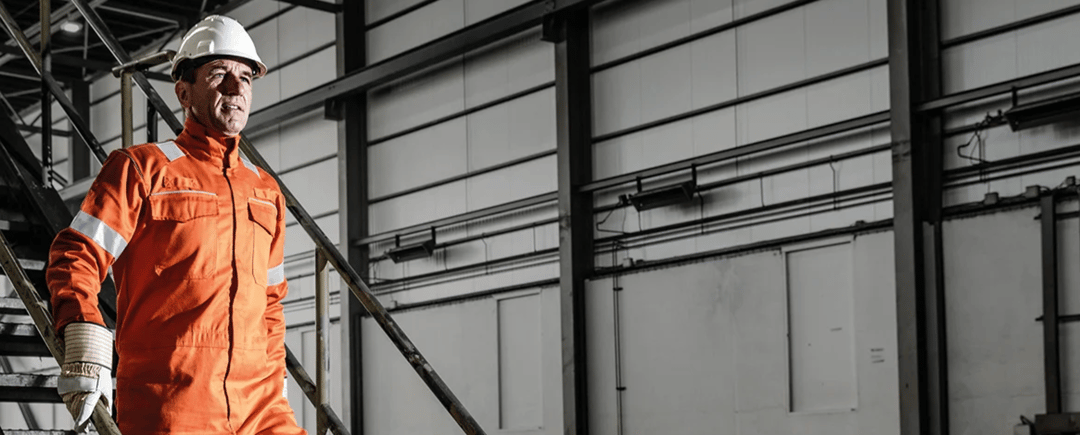This could be the shortest blog post ever: No, color does not affect comfort in PPE garments. Well, not technically. Conventional wisdom holds that you should wear white or lighter colors when it's hot outside because white reflects more light and therefore more heat, while black absorbs it all. While that is partially true, studies have shown it's not quite as simple as that. For example, why do the Bedouin of North Africa wear long black robes in the punishing heat of the desert? In their case, the loose fit of their black robes creates a convection effect that increases the rate of sweat evaporation from the wearer's skin, which helps keep them cool. Compared with white robes and with a tan army uniform with shorts, the heat gained by each participant wearer was the same. Nevertheless, the perception persists that dark = hot and light = cool. So how much should color factor into your PPE garment design?
When Color Does Matter
There's a reason navy blue is the number one selling color in the industrial market: it hides stains well. Firefighting teams in oil refineries wear red to distinguish them in an emergency. And what about branding? Brand identity extends to the clothing your employees wear on the job, so when a company's signature color is orange, they're probably going to pick workwear with that orange incorporated. Several considerations for color choice, from visibility needs to brand identity, can and should take higher precedence in your decision making process before you consider the color's ability to reduce heat stress, because the fact is it just doesn't matter that much.

Better Ways to Keep Cool
When it comes to mitigating the risk of heat stress, there are many more effective strategies to choose from in garment construction, from fabric types to fit and finish. A tightly woven, tight fitting, heavy garment in white is going to make your people literally hotter than a more loosely fitted lightweight garment in navy. Color choice should be guided more by the requirements of the job, including meeting brand standards, than by the perceived cooling effects of a particular shade. If a darker color is the best choice when considering all your factors, you don't need to worry that it will compromise employee comfort .
Caveat: Perception Influences Reality
If it comes down to a lighter colored shirt that meets all your other requirements vs. a darker version of the same thing, then you might want to go with the lighter option: perception can affect comfort, and if your team thinks that they will be uncomfortable in a darker color, they will likely be happier with the lighter choice. And since the end goal is to provide protective workwear your employees will like to wear correctly, their comfort is key.
Get more guidance on your PPE garment selection from the experts at TenCate Protective Fabrics here:





.png?width=399&name=Untitled%20design%20(40).png)


